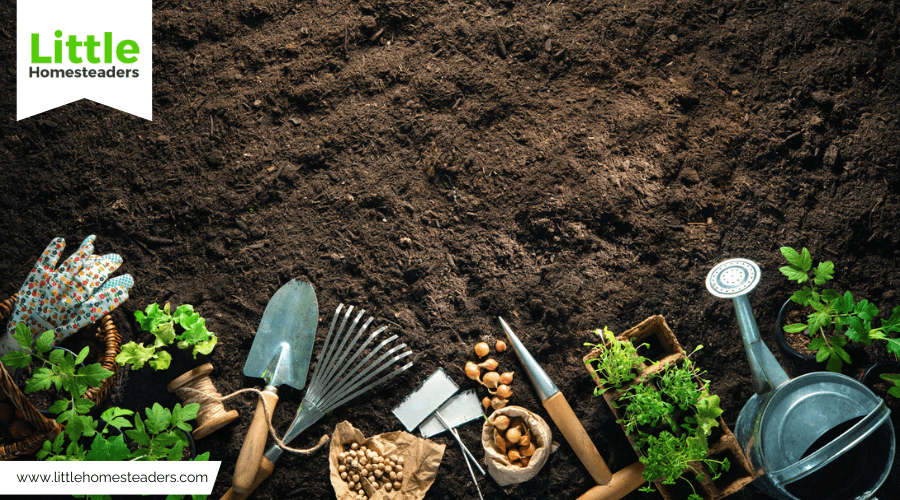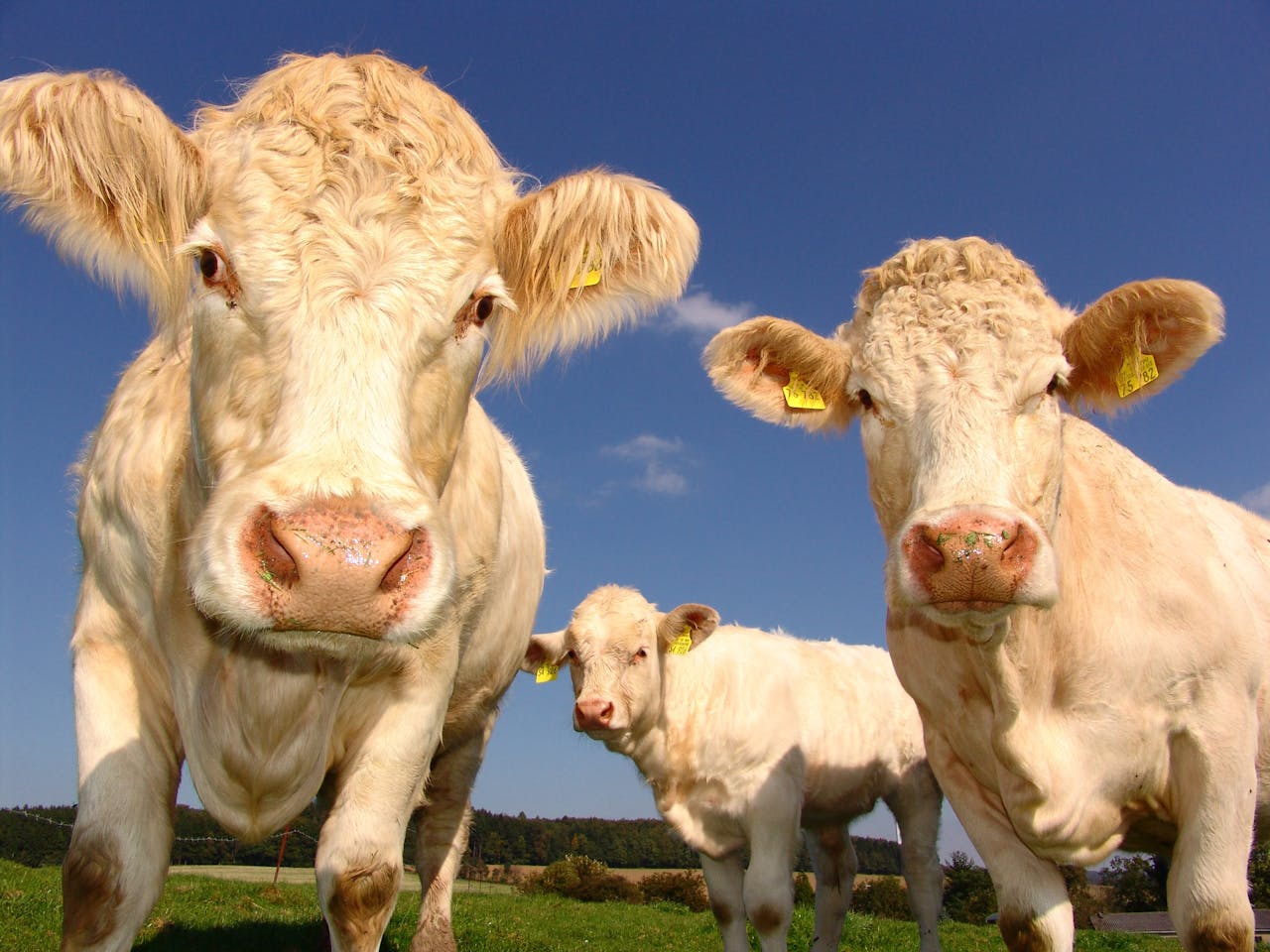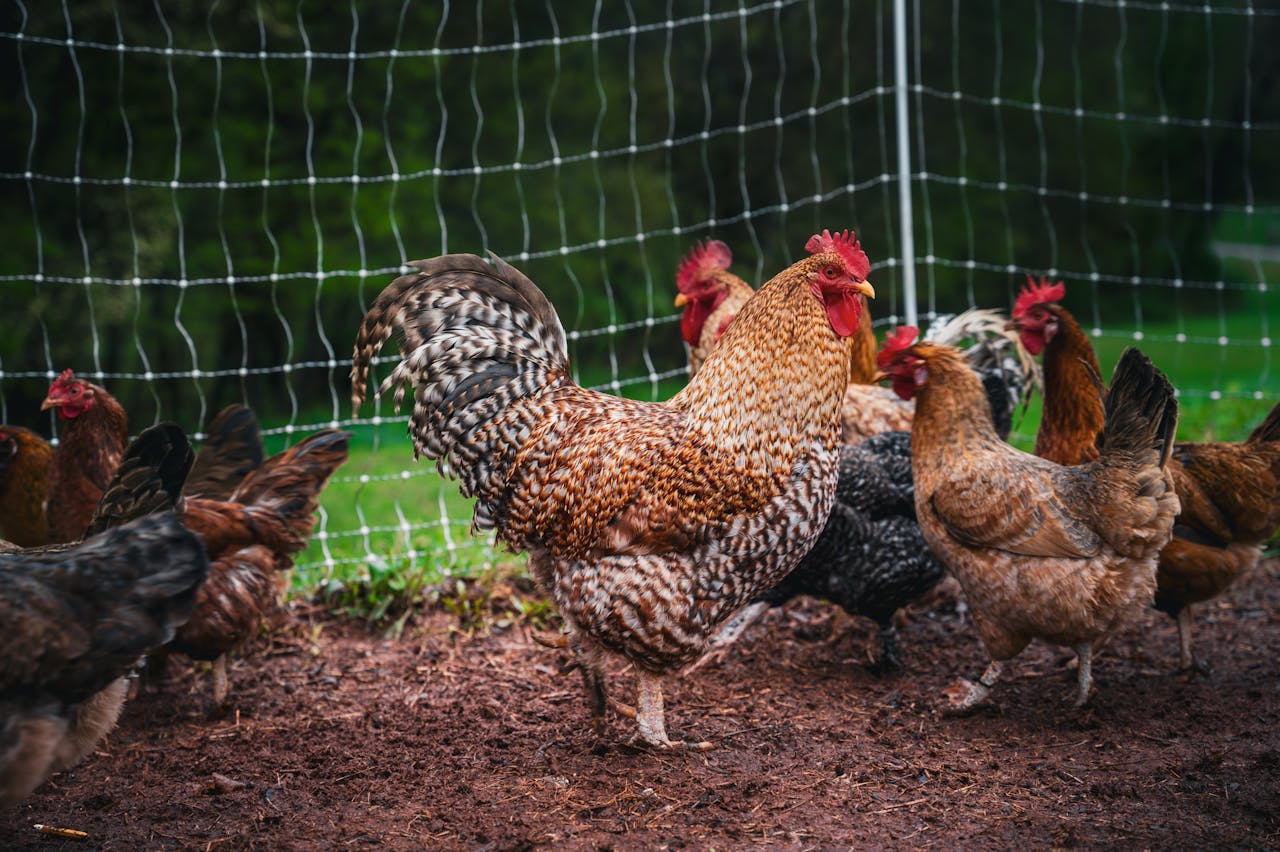Shearing Sheep on the Homestead: Preparation and Wool Use
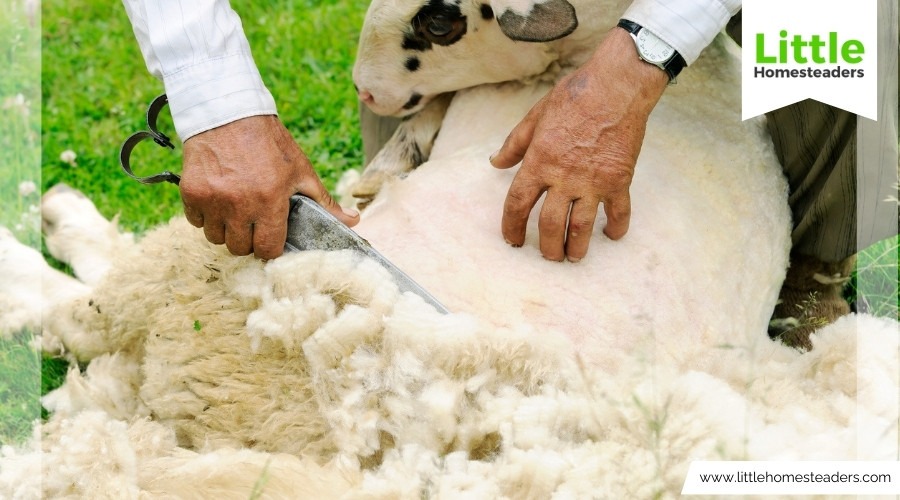
Homesteading offers a rewarding lifestyle, especially when you find ways to make the most of your resources. Raising sheep is one such way, providing not only meat and milk but also a renewable treasure: wool. If you're new to shearing, the process might seem daunting, but with the right preparation and mindset, it can become a routine and satisfying part of homestead life. Let's explore how to shear sheep efficiently, maintain a clean workspace, and make full use of the wool you collect.
Preparing the Barn for Shearing
Before the shearing day arrives, it's vital to prepare your barn. A clean and organized workspace is key to keeping your wool as uncontaminated as possible, ensuring high-quality results. Start by clearing the barn floor of compacted, manure-laden hay. This might require a sturdy scraper, but the effort is worth it. Underneath, you'll likely find rotting layers that need to be removed to create a clean and stable surface.
Once the floor is clear, sweep and rake it thoroughly, paying extra attention to wide floorboards where debris likes to settle. A clean floor minimizes the risk of contamination, which can compromise the quality of your wool. Set up your tools—clippers, skirting table, wool bags, and broom—in a way that's easy to access and keeps the workflow smooth.
In earlier times, shearing could stretch over days, but with modern tools and techniques, it's often completed in a single day. This makes meticulous preparation even more critical to maximize efficiency and minimize stress for both you and the sheep.
Selecting the Right Sheep Breeds
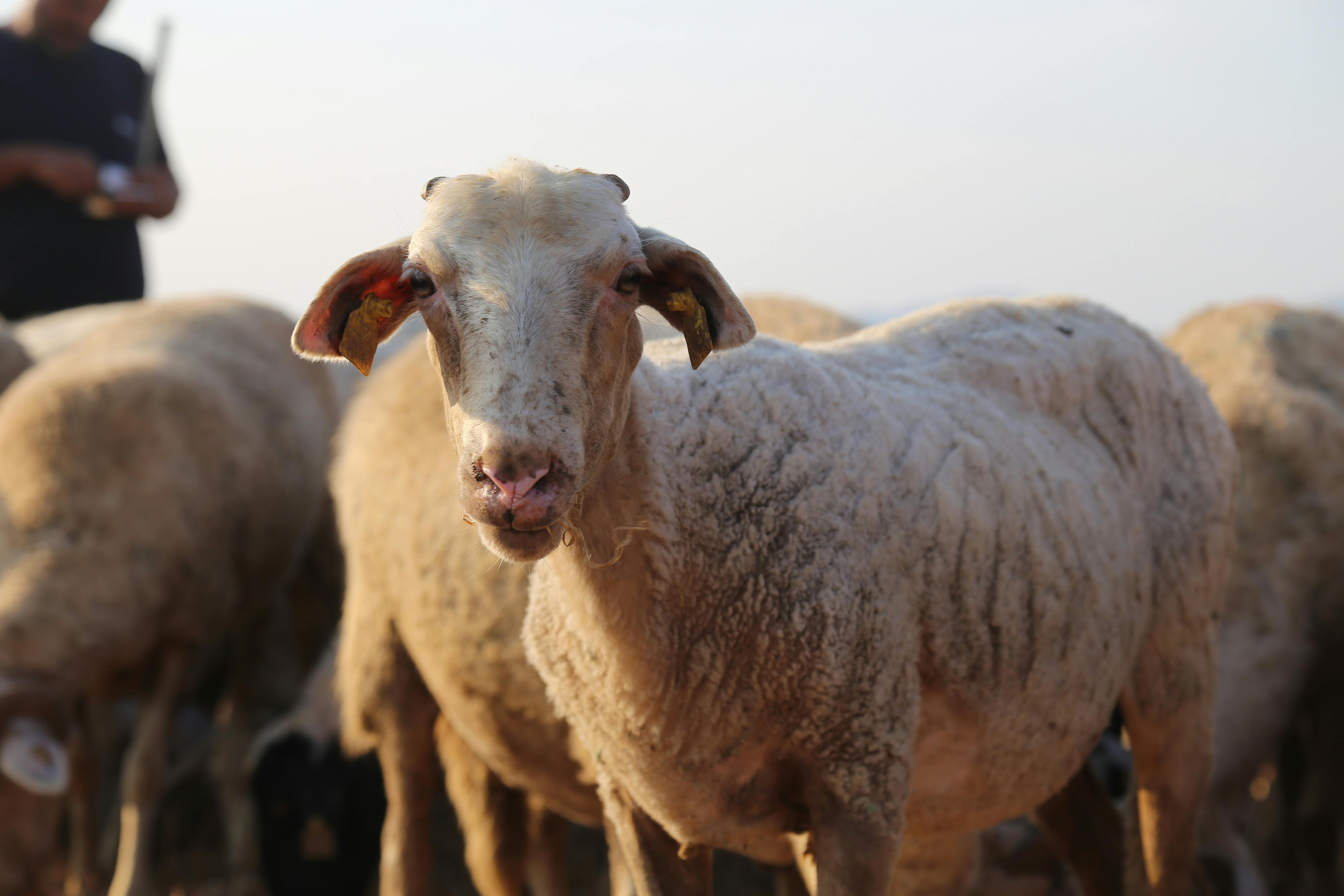
Choosing the right sheep breeds for your homestead depends on your goals. Are you looking to produce thick, durable wool for rugs and outerwear or soft, fine wool for garments? For those interested in crafting sturdy items like rugs, Navajo Churro or Lincoln Longwool are excellent options. Their wool is coarser and easier to work with for such projects.
If you have your heart set on creating luxuriously soft garments, Merino sheep are hard to beat. Their wool is incredibly fine and highly sought after by spinners and knitters. For a balanced approach, consider heritage breeds like CVM (California Variegated Mutant) sheep, which offer fine wool while supporting conservation efforts. Understanding the wool's end use can guide your breed selection and set you up for success.
Essential Tools and Equipment
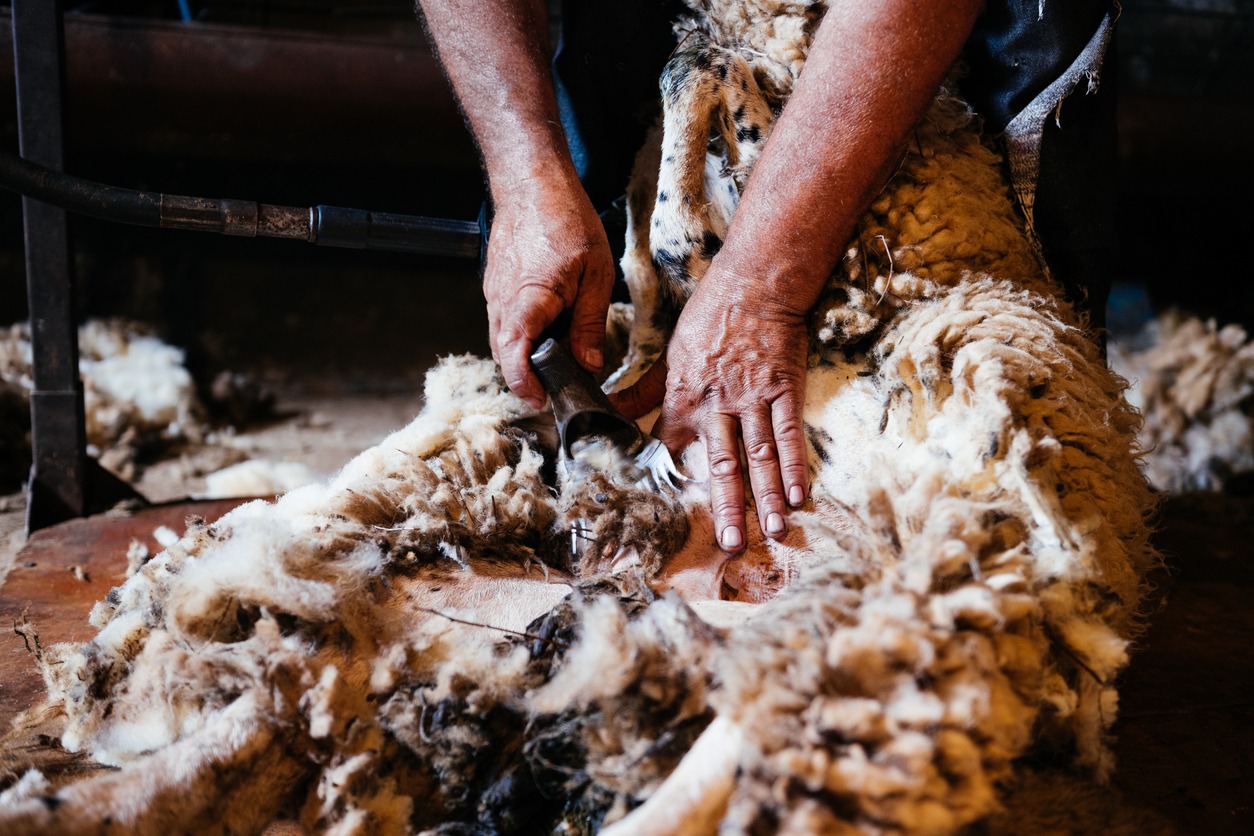
Having the right tools on hand can make or break your shearing day. At the very least, you'll need a good pair of shearing clippers—electric or manual—and a shearing platform or sturdy area to work on. For safety and ease, create a secure pen to hold your sheep before and after shearing.
To collect and manage wool, you'll need wool bags, a skirting table, and basic cleaning supplies like a broom and dustpan. If you plan to process wool yourself, invest in hand carders, a spinning wheel, or a drop spindle. For felting enthusiasts, gather felting needles, foam mats, and soap for wet felting. Having all these tools at the ready ensures the process runs smoothly, from shearing to processing.
The Shearing Process
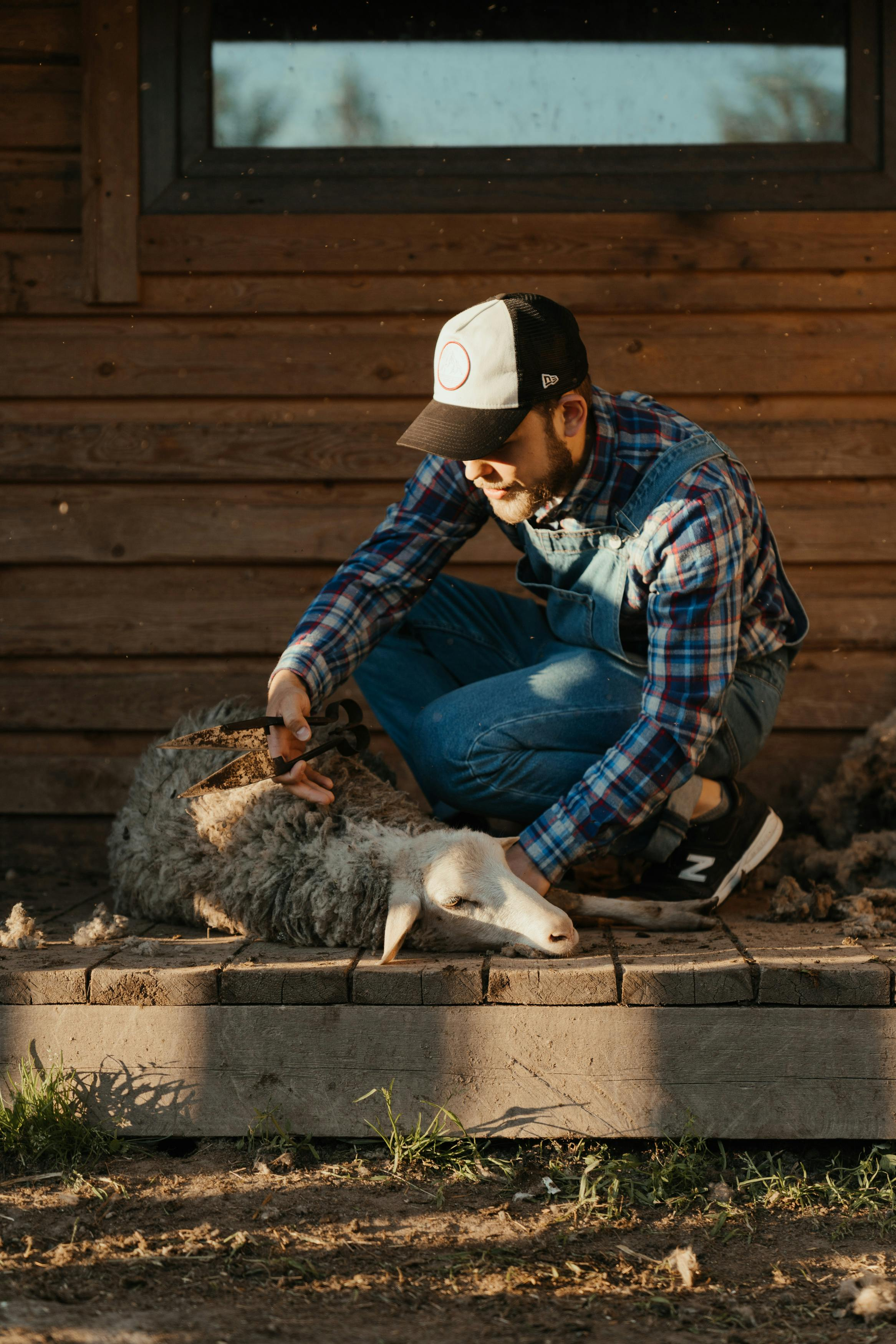
Shearing day is often a mix of excitement and hard work. Timing is everything when it comes to shearing. Aim to shear when the wool is about 4 to 4½ inches long to achieve the ideal staple length. For breeding ewes, plan to shear 4 to 6 weeks before lambing to keep them comfortable and clean.
While you might feel tempted to tackle shearing yourself, hiring a professional shearer can save you time and stress. A skilled shearer can finish the task in just a few minutes per sheep, compared to the hour or more it might take a beginner. This not only reduces stress for the sheep but also minimizes second cuts, preserving wool quality.
Once the fleece is removed, lay it out flat with the cut side facing up. This allows you to examine the fleece and prepare for skirting and sorting. Shearing might seem intimidating at first, but with practice or professional help, it becomes a manageable and rewarding part of raising sheep.
Skirting and Sorting Wool
Skirting is the process of removing undesirable sections of wool, such as matted, dirty, or heavily soiled areas. Lay the fleece on a large, clean skirting table, and start by carefully inspecting the edges. Remove any second cuts (short fibers from double-cutting), vegetable matter, and discolored portions.
Sorting comes next. Separate the wool into grades based on fiber length, fineness, and cleanliness. This is especially important if you plan to sell or process the wool yourself, as different parts of the fleece can serve various purposes. For instance, the finer, softer wool might go into yarn for garments, while coarser sections can be used for felting or insulation. Thorough skirting and sorting set the foundation for high-quality products, so take your time with this step.
Cleaning Raw Fleece
Once the wool is skirted and sorted, it's time to clean it. Start by soaking the fleece in hot water (about 120°F) with a gentle detergent like Dawn. This removes dirt, lanolin, and other impurities. Be gentle during this process to avoid felting the fibers.
After washing, remove excess water using a salad spinner or your washing machine's spin cycle (without agitation). Lay the wool flat on racks or towels in a well-ventilated area to air dry. Proper cleaning enhances the wool's quality and makes it easier to work with during processing.
Processing Wool Into Yarn
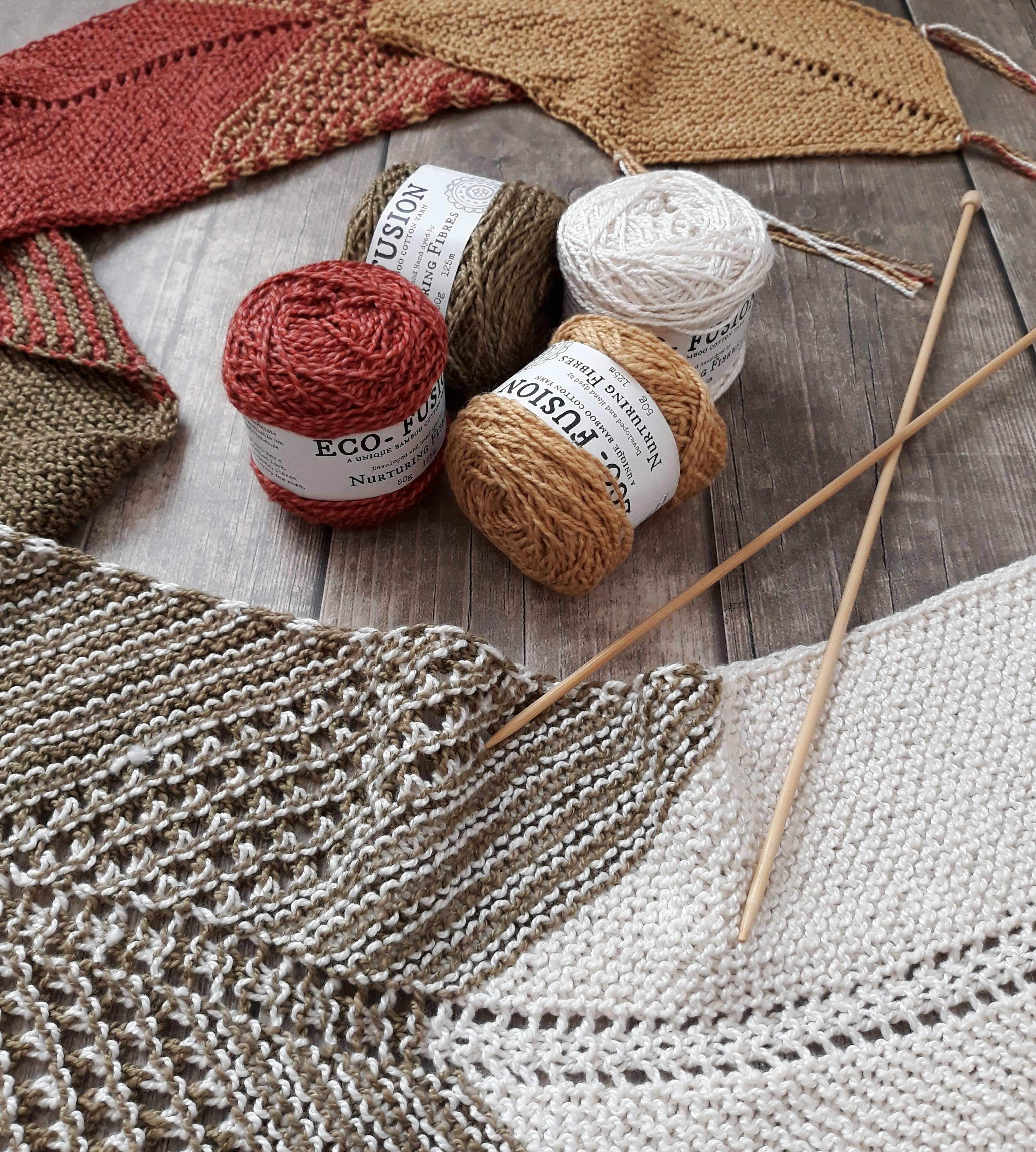
With your clean, dry fleece ready, you can begin the journey of turning it into yarn. Start by carding the wool with hand carders to align the fibers. If you're new to spinning, a drop spindle is an affordable and effective way to learn. More advanced spinners may prefer a spinning wheel for greater speed and consistency.
Spinning is a skill that takes time to master, but the results are deeply satisfying. From warm sweaters to cozy scarves, the possibilities are endless. You can also explore natural dyeing techniques to add unique colors to your yarn, creating truly one-of-a-kind items.
Felting Techniques and Projects
Felting is another fantastic way to use your wool. This process involves binding wool fibers together using moisture, heat, or agitation. Wet felting is ideal for creating durable items like bags, rugs, or hats, while needle felting is perfect for intricate sculptures and designs.
If you're new to felting, start small with simple projects like coasters or ornaments. As you gain confidence, experiment with advanced techniques like Nuno felting (combining wool with fabric) or cobweb felting for delicate, lace-like designs. Felting is versatile, creative, and a wonderful way to maximize the value of your wool.
Alternative Uses for Wool
Wool's versatility goes beyond textiles. Here are some creative, eco-friendly applications:
- Insulation: Wool's thermal properties make it an excellent natural insulator for homes.
- Gardening: Use wool as a soil amendment or natural mulch to retain moisture and deter pests.
- Packing Material: Protect fragile items with wool padding.
- Dryer Balls: Replace disposable dryer sheets with reusable wool dryer balls.
- Composting: Short wool fibers add valuable nutrients to your compost pile.
Additionally, lanolin extracted from raw wool can be used in skincare products, soap-making, or as a waterproofing agent for natural fabrics.
Marketing Your Wool Products
Once you've processed your wool, consider selling it to maximize your homestead's income. Niche markets for raw fleece, yarn, and handmade wool products are thriving. Highlight the ethical and sustainable practices of your operation to attract eco-conscious buyers.
Create an online presence through social media or a website to showcase your products and share your story. Participate in local farmers' markets or fiber festivals to connect with customers and fellow wool enthusiasts. Marketing your wool can be as rewarding as producing it, especially when you see your products appreciated and valued.
Conclusion
Shearing sheep on your homestead is a rewarding process that opens up endless possibilities for creativity and sustainability. By preparing thoroughly, selecting the right breeds, and mastering the steps of wool processing, you'll turn your flock's fleece into valuable products for personal use or sale. Whether you're spinning yarn, felting, or exploring alternative uses, every step brings you closer to making the most of this incredible resource. With care and practice, you'll find that shearing is more than a task—it's a tradition that enriches homestead life.

